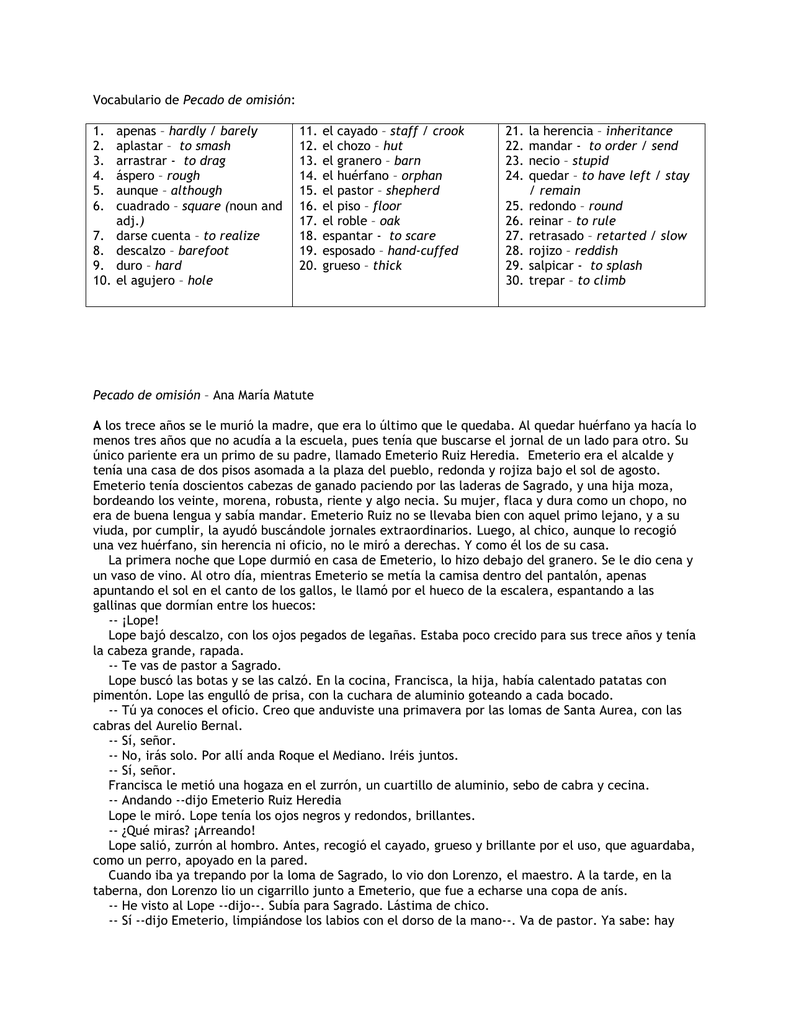
Little notes with prayers or wishes are ensnared among the graves, lodged in crevices or weighed down with rocks. The writing on them is in Hebrew, so I cannot tell how long these precursors to the Holocaust lived, nor whether they did so in relative peace. Under the leafing elder trees, gravestones are arrayed at every angle other than the perpendicular, with some leaning on others for support. It is said that, owing to the yard’s confinement, the dead here are buried in stacks 12 feet deep. Outside, in the old cemetery that Leigh Fermor ranked as “one of the most remarkable places in the city”, a magpie emits an acrid cackle, to the sweeter backdrop of two great tits foraging at the foot of some ivy. It is as bleak a rendering of a boat at sea as anybody could imagine. I am, again, only able to focus on one of them, “A Boat In Turbulent Seas”, drawn by Jindrich Triescheř, 1932-44. Upstairs, an exhibition of children’s pictures rescued from the camps is unbearable. Overwhelmed, I try to focus on just one or two names and their curtailed lives: Rudolf Buchbinder, 1913-42. One will never be prepared to be confronted with the scale of their loss. But in the Pinkas synagogue adjoining it, the names of the 77,297 Czechoslovakians who were imprisoned in Theresienstadt and subsequently killed in Nazi extermination camps are written out in careful red and black script on the walls. Kafka is buried in the New Jewish Cemetery no-one who died later than 1786 is to be found in the older one. The brass of both of his shoes has been worn shiny with rubs for luck, much as the once-derelict Wilde’s Parisian grave has been kissed back to life. Kafka has posthumously assumed that position, becoming the great upon whose shoulders we now strive to stand. It was inspired by a scene in his first novel, Amerika, in which a politician is carried on the shoulders of a giant. Of the (at least) two statues of Kafka in Prague, one stands in the Jewish quarter, not far from the Old Jewish Cemetery.

But then this sentence on an information board may not have struck me as it did: “The threshold is a deferred place, a postponed end, an unfinished work”-a suggested derivation of the Czech name for Prague being práh, or “threshold”. As affecting as the photos of the three women with whom he had significant romantic relationships-Felice Bauer, Milena Jesenská and Dora Diamant-and the letters to his employers-pleading for a raise or time off for ill-health-are, I left feeling that my hour at the museum might have been better spent revisiting “The Metamorphosis” or a chapter from The Trial. Like Pessoa, whose ghost presides over Lisbon in many a similar way, Kafka never married. Glass cases harbour photos, letters, and first editions, while a filmscreen projects watery, rippling images of early twentieth-century Prague. In contrast to the brightness of the day, the museum is darkly lit and somewhat disorienting. Their urine spells out literary quotes, but whether any of Kafka’s are among them is unclear to me. The Kafka Museum shares a courtyard with a riverside restaurant and a sculpture of two men pissing into a Czech Republic-shaped pond. Even if wasn’t the highly visible presence of the bureaucratic and the clerical over the cityscape that would inspire Kafka’s great unfinished novel, he must have had Prague’s seats of church and government in mind as he set about writing The Castle while in Spindlermühle. Vitus, which lies within its precinct, rise as figures of contrasting darkness, black on black.

The long, low expanse of the Castle-which owes its name more to its hilltop location than to any readiness for battle-dominates the skyline to the north-west, especially at night, when it is lit-up with a creamy-gold glow, while the spires of the cathedral of St. Kafka haunts a Prague where it is always winter, never spring. And though the future may seem harder to detect in such well-clotted contexts, it is there too, rising behind the hoardings guarding building sites, flitting in the eyes of younger generations. Established in the seventh century, it is both venerable and vigorous, its present deeply rooted in its past, its past richly imprinted in the present. Its literary genii include the likes of Kafka and Kundera, Holub and Havel, as well as their descendants, whose names remain unknown to me.


It is the city of a thousand statues and a hundred spires the spotless town of bubble-blowing street entertainers and caramelised chimney-cake stalls the site of great historical defenestrations, spring awakenings and velvet revolutions. Like any sizeable place, Prague works on one on many levels, not all of which are immediately apparent.


 0 kommentar(er)
0 kommentar(er)
